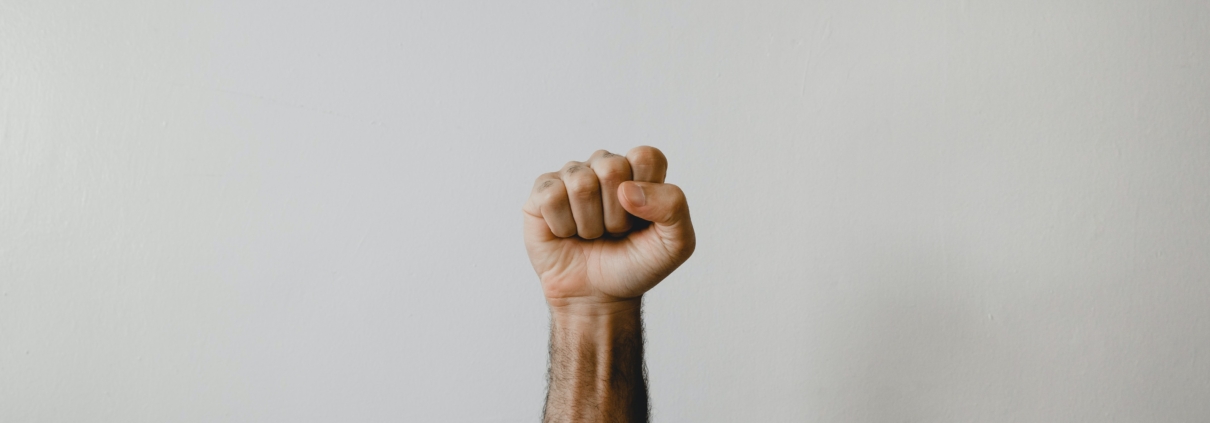How air pollution exacerbates social inequality
While air pollution is a global issue, killing 7 million worldwide every year, those from different socioeconomic backgrounds feel its effects differently. We have previously written about why air pollution seems to disproportionately affect developing countries, but today, let’s look at how air pollution exacerbates inequality not just between nations, but also within.
Air pollution inequality between countries
According to the World Health Organization (WHO), more than 80% of people living in urban areas are exposed to pollution levels that far exceed safe limits. Those from low- and middle-income countries are affected the most. In 2016, 98% of cities in developing countries with over 100 000 inhabitants failed to meet WHO air quality guidelines. In developed countries, however, that applies to only 56% of cities. In addition, ~90% of air pollution-related deaths occur in low- and middle-income countries, of which approximately 2 out of 3 take place in WHO’s Southeast Asia and Western Pacific regions.
The role of pollution (including air) exacerbating inequality in Asia and the Pacific can be seen by comparing productivity loss as a percentage of GDP. This is 8 times higher in developing countries (0.25% of GDP) than in developed ones (0.03% of GDP).
Air pollution inequality within a nation
Various studies have shown certain socioeconomic and racial groups to be disproportionately exposed to and affected by air pollution. This is because low income groups tend to:
- Live in areas with higher traffic and industrial activity
- Live in overcrowded housing
- Lack access to green spaces
- Lack access to proper medical care
- Work outdoors or in places affected by air pollution
In addition, employment status, education level, and income can affect one’s underlying health conditions and vulnerability to the effects of air pollution. Those of lower socioeconomic status are particularly at risk due to a higher likelihood of pre-existing health conditions, poor housing, inadequate diet, and stress.
This disparity is perpetuated by a vicious cycle. The economically disadvantaged and the vulnerable are exposed to more air pollution than the rest of the populace. They have fewer means to protect themselves due to lower coping capacity, lower access to infrastructure, and lower access to prevention services. The impact of air pollution threatens their health, livelihoods, and wellbeing, which ultimately reduces their income earning potential and increases the rate of premature death. The result is a widening of inequality within the country.
How can air pollution inequality be addressed?
Conscious government action is crucial. Focused efforts to protect vulnerable groups such as children, the elderly, and residents in areas of low socioeconomic status should be made while implementing new legislations and other forms of city planning. These include:
- Enhancing city zoning to reduce pollution exposure
- Separating residential areas from polluting industries and major roads
- Establishing green spaces in the cityscape
- Lining streets with trees
- Strengthening the capacity for pollution monitoring
- Disclosing pollution data to citizens in real-time
- Educating citizens on preventative measures against air pollution
- Mapping out air pollution sources, particularly in lower-income neighbourhoods
- Implementing measures to increase compliance to emission regulations
- Facilitating the switch to cleaner energy sources
- Promoting electrification based on renewable sources
- Subsidizing schemes for the vulnerable to take up household equipment using cleaner energy
- Utilizing awareness campaigns and social marketing for city air pollution
- Making basic healthcare services accessible and affordable for all
- Establishing regular health screenings in neighbourhoods with low socioeconomic status
Breeze Technologies has the perfect solution for city-wide pollution monitoring. Air quality networks can be easily built with our lower-cost, small form factor sensors. These sensors continuously monitor all major air pollutants found to have the most severe impact on human health. The collected information can then be shared with citizens in real-time, but also used for urban planning and decision-making to align on where the above-mentioned interventions are needed the most.
To see our sensor network in action, check out our Breeze Air quality Citizen Portal here. Our platform delivers hyperlocal air quality data from citizens’ neighbourhoods, thus directly engaging them in the process of improving it for a brighter, healthier tomorrow. For more information on our urban air quality offerings, click here.



